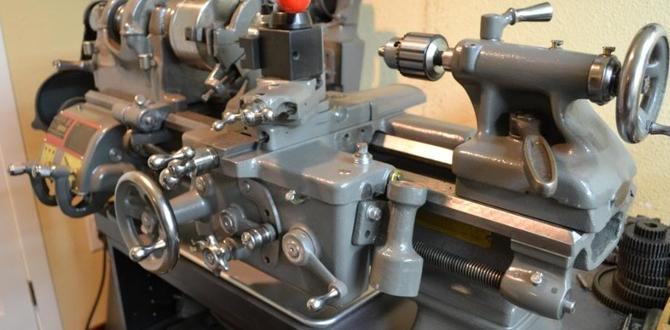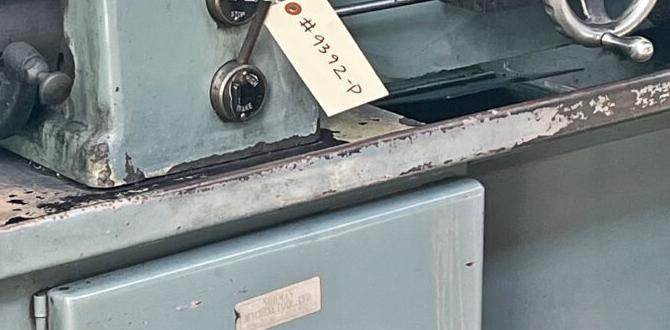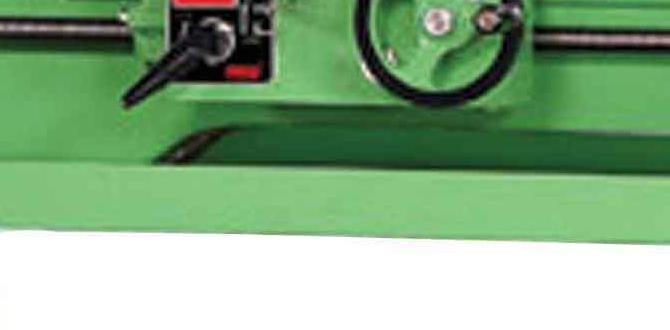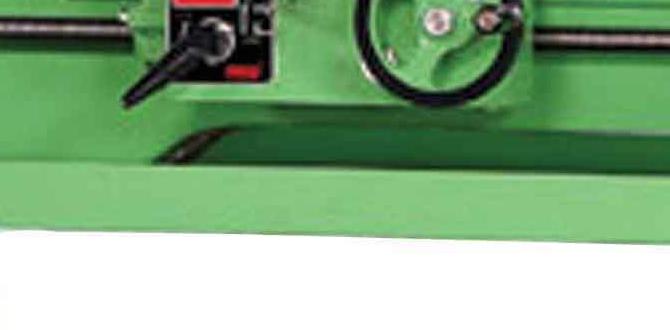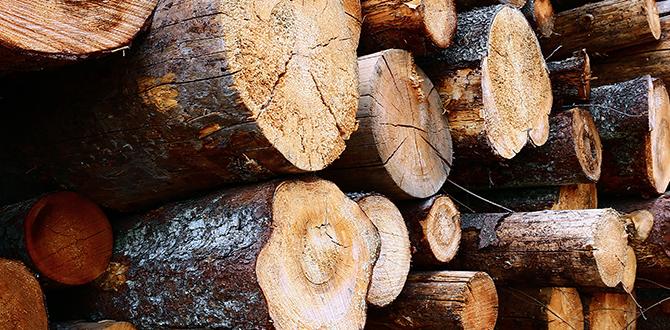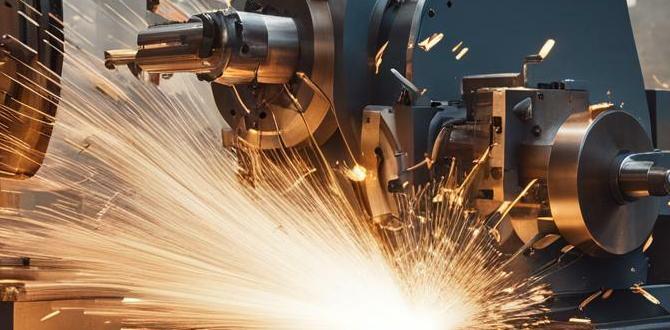Stunning Wood Lathe Drive Center Types: Finding the Perfect Match for Your Project
Stunning wood lathe drive center types are the unsung heroes of the turning world, often overlooked in favor of the flashier chucks and chisels. However, understanding the nuances and applications of these essential components is crucial for any woodturner seeking precision, efficiency, and the creation of truly beautiful pieces. From basic tenon mounting to specialized gripping for demanding tasks, the right drive center can elevate your work from good to absolutely remarkable.
The Foundational Role of the Drive Center
At its core, a drive center is a tool that engages a workpiece and transmits the rotational force from the lathe’s headstock spindle. It typically has a hardened point or several prongs that penetrate the wood, providing the necessary grip to prevent slippage during turning. While deceptively simple in concept, the variety of designs available addresses a wide range of woodturning needs, influencing everything from the initial mounting of your stock to the final finish. Choosing the correct drive center can significantly impact the stability of your workpiece, the ease of mounting, and the overall quality of the finished product.
Exploring the Landscape of Wood Lathe Drive Center Types
When we delve into the world of wood lathe drive center types, we encounter a diverse array designed for specific purposes. Each type offers unique advantages and limitations, making an informed selection paramount for successful turning.
The Classic Spur Drive Center
Perhaps the most recognizable and widely used is the spur drive center. This type features one or more sharp spurs that are driven into the end grain of the wood.
Single Spur Drive Centers: These are the simplest form, providing a single point of entry. They are good for general-purpose turning and are often sufficient for smaller, less demanding projects. However, they can induce some wobble in larger or softer pieces.
Multi-Spur Drive Centers: Offering enhanced stability and better grip, multi-spur drive centers, typically with two or three spurs, are a significant upgrade. They distribute the driving force more evenly and provide a more secure hold, reducing the likelihood of the wood shifting or becoming unbalanced, especially for larger blanks or when applying significant cutting pressure.
The Live Drive Center: For Effortless Engagement
A live drive center differs from a spur center in a critical way: its point rotates with the workpiece. This is achieved through a bearing system within the drive center itself.
Advantages of Live Centers: The primary benefit of a live center is the reduction of friction between the drive center and the workpiece. This results in smoother rotation, less wear on the wood, and a reduced chance of the wood overheating or burning. They are particularly useful for turning longer pieces or when working with softer woods that are more susceptible to damage from a stationary spur. They also make mounting and dismounting quicker as you don’t need to drive the spurs in with force.
Specialized Drive Centers for Specific Tasks
Beyond the general-purpose options, several specialized wood lathe drive center types cater to niche applications:
Reversible Drive Centers: These are designed with a removable spur assembly. This allows the user to mount the wood in a way that the spurs are on the outside for initial shaping, and then reverse the assembly to drive into the wood from the inside for hollowing or when working on the exterior of bowls. This versatility is invaluable for many projects.
Screw-In Drive Centers: These drive centers have a threaded shaft that screws directly into a pre-drilled hole in the end of the workpiece. This method offers a very secure and stable mounting, especially for larger, heavier pieces or when significant forces will be applied during turning. They are ideal for turning very large bowls or spindle work where absolute stability is paramount.
Cole Jaws and Jaws for Chucks: While not strictly drive centers in the traditional sense, many modern chucks offer specialized jaws that perform a similar function, gripping tenons or internal rebates. Cole Jaws, for example, are designed to grip a recessed tenon on a bowl, providing a very secure hold for finishing the exterior. These are usually an accessory to a chuck, allowing for much finer control and grip than a standard drive center.
Cup Drive Centers: These centers have a cup-like design with internal spurs or jaws that grip a tenon on the workpiece. They are particularly useful for turning bowls where the tenon is on the interior of the bowl. The cup design provides excellent support for the rim of the bowl while the internal grippers hold it securely.
Making the Right Choice for Your Woodturning Needs
Selecting the appropriate wood lathe drive center types depends on a multitude of factors. Consider the size and type of wood you’ll be working with, the complexity of your project, and your personal turning style.
For beginners and general-purpose turning: A good quality two or three-spur drive center is an excellent starting point. They are robust and versatile enough for a wide range of projects.
For spindle turning and longer pieces: A live drive center can significantly improve the turning experience by reducing friction and wear.
For large bowls and heavy work: Screw-in drive centers or specialized chuck jaws will offer the necessary stability and security.
* For specific operations like bowl finishing: Reversible drive centers or dedicated bowl-gripping accessories become indispensable.
Investing time in understanding the different wood lathe drive center types is a worthwhile endeavor for any woodturner. By choosing the right tool for the job, you’ll not only enhance the safety and efficiency of your turning but also unlock new possibilities for intricate and stunning woodworking creations. Don’t underestimate the power of these vital components in achieving woodworking mastery.

